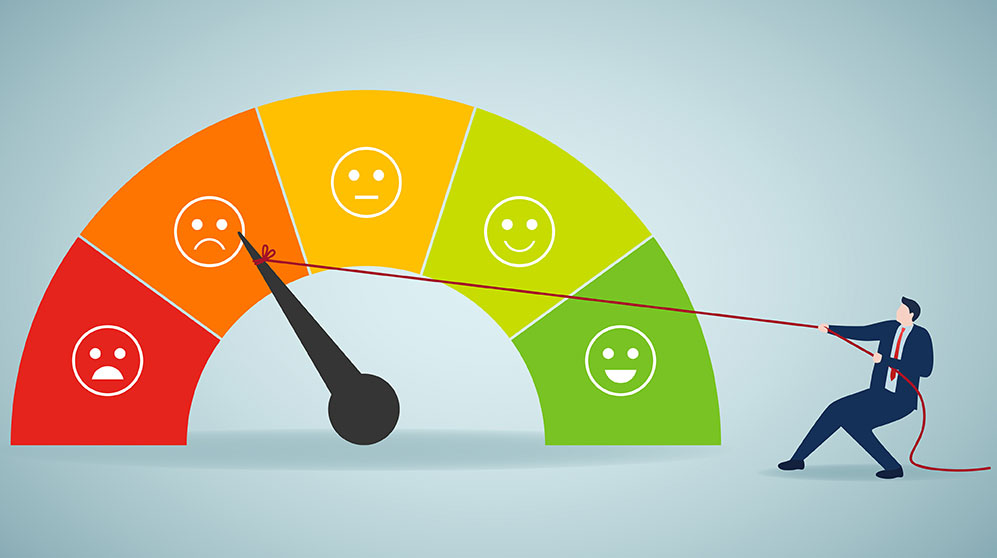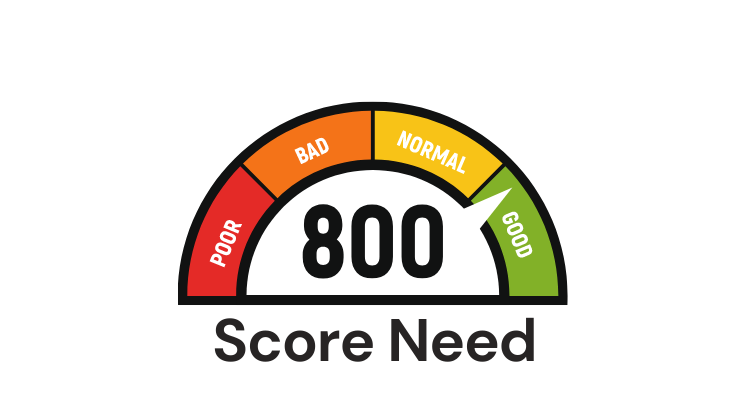
We live in a world where credit scores have become so important in our financial health. They determine whether we get approved for loans, qualify for credit cards, or even secure a rental agreement. But, what is bad credit today? How is it measured, and how can we overcome it? In this article, we’ll review some of the ins and outs of bad credit, from implications. We’ll also cover some practical strategies and recommendations for improvement.
Grasping the Concept of Credit Scores
Before jumping into this concept, it’s essential to understand what a credit score is. This three-digit number is a numerical representation of your creditworthiness, a metric calculated based on your financial behavior, including debt and payment history. It’s a crucial factor that lenders use to assess whether you qualify for credit, such as credit cards or loans.
The Anatomy of a Bad Credit Score
So, what is bad credit today? A bad credit score generally falls below 670 on the FICO scale or less than 661 on the VantageScore scale. These numbers, however, are not set in stone. They can vary based on the credit scoring model used (FICO versus VantageScore) and the credit bureau (Experian, Equifax, and TransUnion) that pulls the score.
Dissecting the FICO Score
The FICO Score, a widely used credit scoring model, ranges from 300 to 850. A score below 580 falls into the ‘poor’ category, while scores between 580 and 669 are considered ‘fair.’ Anything above 670 is regarded as ‘good’ to ‘excellent.’
Decoding the VantageScore
The VantageScore model, another popular credit scoring model, also ranges from 300 to 850. Scores between 300 and 499 are categorized as ‘very poor,’ 500 to 600 as ‘poor,’ 601 to 660 as ‘fair,’ 661 to 780 as ‘good,’ and 781 to 850 as ‘excellent.’
Factors Influencing Your Credit Score
Credit scores are calculated differently depending on the credit scoring model. Here are the key factors FICO and VantageScore consider:
FICO Factors
- Payment history (35% of your score): This reflects whether you’ve paid past credit accounts on time.
- Amounts owed (30%): This refers to the total amount of credit and loans you’re using compared to your total credit limit, also known as your utilization rate.
- Length of credit history (15%): This measures the time you’ve had credit.
- New credit (10%): This tracks how often you apply for and open new accounts.
- Credit mix (10%): This looks at the variety of credit products you have, including credit cards, installment loans, finance company accounts, mortgage loans, etc.
VantageScore Factors
- Payment history: Extremely influential
- Type and duration of credit and percent of credit limit used: Highly influential
- Total balances/debt: Moderately influential
- Available credit and recent credit behavior and inquiries: Less influential
What Can Happen With A Low Credit Score
A bad score can have significant repercussions. Here are some ways it can hurt you:
Denials for Credit
What this score means is that your chances of being approved for credit cards and loans decrease. This can hinder many financial goals, from obtaining balance transfer cards to earning rewards or receiving luxury travel perks.
Less Favorable Loan Terms
Even if you’re approved for credit, you’re likely to receive less favorable terms, such as higher interest rates or annual fees, than applicants with good credit.
Limited Credit Card Options
Restrictions come into play for the credit cards you can qualify for; the options you have will primarily be secured cards. While a secured card can help you rebuild credit, it requires a security deposit, typically around $200, to receive an equivalent line of credit.
How to Improve Your Score Right Away
If you’re grappling with low credit scores, it’s crucial to take action as soon as possible. You may see results as soon as 30 days in many cases. Here are some strategies to improve your credit score:
Regularly Check Your Credit Score
Several free credit score services offer your free FICO® Score or VantageScore. Some popular resources include Experian Boost™ (FICO® Score), Discover Credit Scorecard (FICO® Score), CreditWise from Capital One (VantageScore), and Chase Credit Journey (VantageScore).
Make On-time Payments
Payment history is the most important factor in your credit score, so it’s vital to always pay on time. Consider setting up autopay to ensure on-time payments, or opt for reminders through your card issuer or mobile calendar.
Pay in Full
Although you should always make at least your minimum payment, it’s recommended to pay your bill in full every month to reduce your utilization rate.
Limit New Credit Applications
Every time you submit a credit application, an inquiry appears on your credit report. Inquiries temporarily reduce your credit score by roughly five points, though they rebound within a few months. Try to limit applications as needed and shop around with prequalification tools that don’t hurt your credit score.
Why Good Credit Matters
Having a good credit score opens the door to more financial opportunities and benefits. It allows you to borrow money at lower or 0% interest rates, avoid some security deposits, and pay lower down payments on some loans. This can free up some of your cash to put toward other financial goals and expenses. The accumulated savings from a good credit score can amount to thousands of dollars over your lifetime.
Conclusion
Understanding what is bad credit today and its implications is crucial in navigating the financial landscape. It’s important to remember that a bad credit score isn’t the end of the world. Taking the necessary steps to improve your credit score can open up a world of financial opportunities. It may take time and effort, but the rewards are well worth it. Remember, credit is a journey, not a destination.
